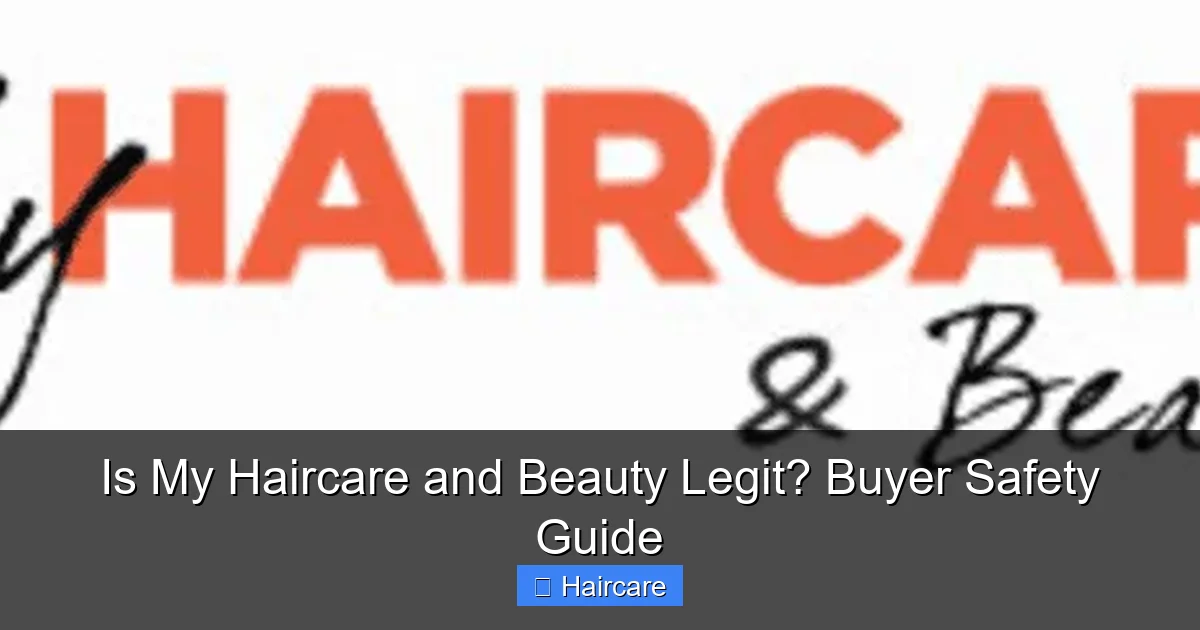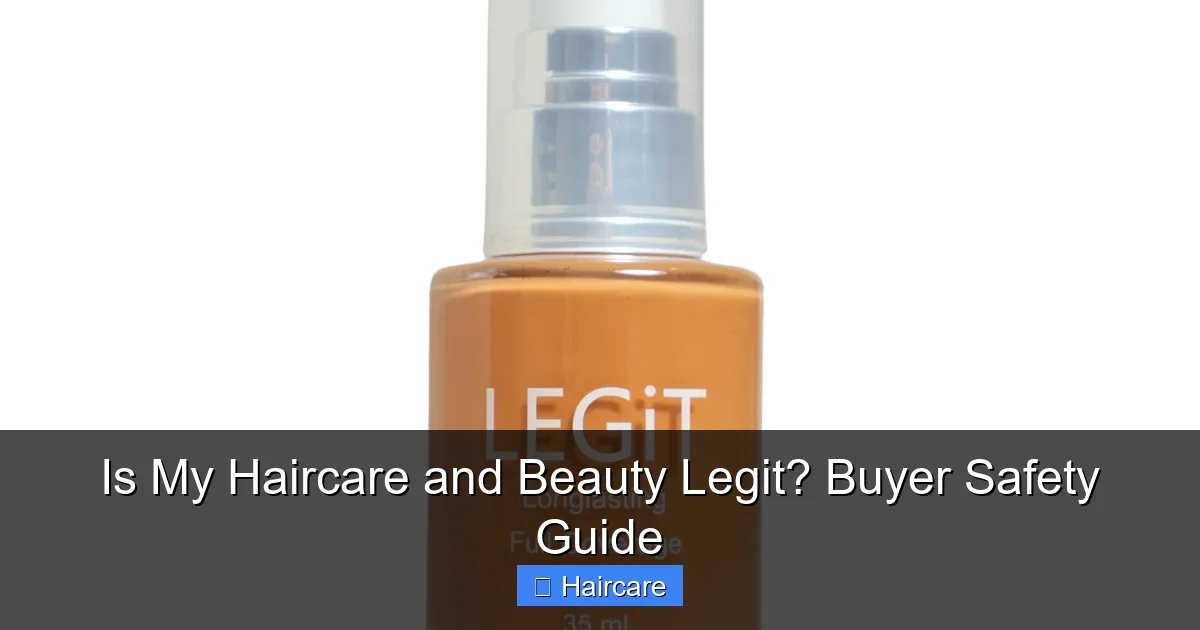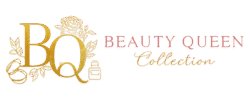
Featured image for this comprehensive guide about is my haircare and beauty legit
Image source: cloud.shopback.com
In the glamorous world of beauty and personal care, where new trends emerge daily and innovative products promise miraculous results, there’s an often-overlooked dark side: counterfeit goods. You invest your hard-earned money, time, and trust in products hoping to achieve radiant skin, luscious hair, or that perfect look. But have you ever stopped to wonder, “Is my haircare and beauty legit?”
The unfortunate reality is that the market is flooded with fake products, from high-end serums to popular drugstore shampoos. These counterfeits don’t just disappoint; they can pose serious health risks. Knowing how to identify authentic beauty products is no longer just about getting your money’s worth; it’s about safeguarding your health and achieving the results you genuinely desire. This comprehensive buyer safety guide will equip you with the knowledge to navigate the beauty landscape with confidence, ensuring every product you buy is truly legitimate.
📋 Table of Contents
The Alarming Truth About Counterfeit Beauty Products
The global beauty industry is a multi-billion-dollar powerhouse, and unfortunately, this lucrative market is a prime target for counterfeiters. The scale of the problem is staggering: reports indicate that the counterfeit cosmetics market alone could be worth billions annually, with beauty and personal care products consistently ranking among the top categories for counterfeit seizures by customs agencies worldwide. These aren’t just small-time operations; sophisticated networks are behind the production and distribution of these dangerous fakes.
- High Profit Margins: Counterfeit beauty products are cheap to produce but sold at near-retail prices, offering illicit manufacturers enormous profits.
- Online Anonymity: The rise of e-commerce and social media marketplaces provides a vast, often unregulated platform for selling fake goods, making it harder for consumers to discern genuine from fake.
- Broad Reach: It’s not just luxury brands like Chanel, MAC, or Kylie Cosmetics that are targeted. Even popular drugstore brands like CeraVe, The Ordinary, and L’Oréal have seen their products counterfeited, making it a widespread issue for all consumers seeking genuine beauty products.
The prevalence of these fakes means that a significant number of consumers might unknowingly be using unsafe products, making vigilance absolutely critical.
| Evaluation Factor | Signs of Legitimacy (Green Flags) | Red Flags / Potential Scam Indicators |
|---|---|---|
| **Product Claims & Marketing** | Realistic, evidence-based benefits (e.g., “reduces frizz by X%”), backed by scientific studies or dermatologist testing. | “Miracle cure,” promises instant or extreme results (“grow hair 3 inches in a week”), vague “secret ingredients,” celebrity endorsements lacking substance. |
| **Ingredient Transparency** | Full, clear ingredient list (INCI names), key active ingredients are well-known and scientifically proven (e.g., Biotin, Keratin, Argan Oil). | Vague ingredient list (“proprietary blend”), unpronounceable chemicals high on the list without explanation, “all-natural” claim with artificial dyes. |
| **Price Point & Value** | Price aligns with ingredient quality, concentration, and brand reputation; comparable to similar reputable products in the market. | Extremely high price for common ingredients, extremely low price for “premium” or “revolutionary” claims, constant “limited-time” or “going out of business” sales. |
| **User Reviews & Testimonials** | Mix of positive and constructive reviews (e.g., 4-4.5 stars average), verified purchases, diverse user base, address specific benefits/drawbacks. | Exclusively 5-star reviews, generic “amazing!” comments, reviews from seemingly fake or identical profiles, no negative feedback or critical discussion allowed. |
| **Professional/Expert Backing** | Formulated by or tested by dermatologists, trichologists, or reputable cosmetic chemists. Recommended by professional salons or industry experts. | “Doctor recommended” without naming a specific doctor or field, claims of being “salon quality” without actual salon distribution, sold primarily through aggressive multi-level marketing without professional endorsement. |
Red Flags: Spotting Fake Haircare and Beauty Products
Distinguishing a fake from a truly legit haircare and beauty product requires a keen eye and attention to detail. Here’s how you can become a pro at spotting fake beauty products:

Learn more about is my haircare and beauty legit – Is My Haircare and Beauty Legit? Buyer Safety Guide
Image source: legit.co.za
Unbelievable Price Tags
- Too Good to Be True: If a product is heavily discounted (e.g., 50-80% off) at an unfamiliar retailer, especially a new release or a cult-favorite, it’s a huge red flag. Brands rarely offer such drastic discounts outside of major sales events, and even then, usually only through authorized channels.
Packaging Pitfalls
- Low-Quality Printing: Look for blurry text, inconsistent font sizes, misspellings, or logos that don’t quite match the official brand’s.
- Flimsy Materials: Authentic products usually come in sturdy, high-quality packaging. Fakes often use cheaper plastic, glass, or cardboard that feels lightweight or breaks easily.
- Missing or Poorly Applied Seals: Many genuine products come with tamper-proof seals (plastic wrap, foil seals). If these are missing, broken, or look shoddily applied, be wary.
- Color Differences: The color of the packaging (or even the product itself) might be slightly off compared to the official product images.
Inconsistent Product Attributes
- Unusual Scent: Authentic products have a specific scent. Fakes might smell chemical, rancid, or completely different.
- Wrong Texture or Color: A serum that feels watery instead of viscous, a cream that’s clumpy, or a makeup product with an odd shade are clear indicators of a fake.
- Poor Performance: If a product doesn’t deliver the expected results or causes irritation, it might not be the real deal.
Missing or Incorrect Batch Codes
- Traceability Issues: Every legitimate beauty product has a batch code or serial number, usually stamped or etched on the packaging and sometimes the product itself. These codes allow brands to track products. If it’s missing, easily wiped off, or doesn’t match the format used by the brand, it’s suspicious.
Suspicious Seller/Source
- Unauthorized Vendors: Be very cautious when buying from unknown online sellers, social media accounts, flea markets, or street vendors. These are common sources for counterfeit haircare and beauty products.
Where to Buy Haircare and Beauty Products Safely
The easiest way to ensure product legitimacy is to control where you purchase your beauty essentials. Stick to these reliable sources for safe beauty shopping:

Learn more about is my haircare and beauty legit – Is My Haircare and Beauty Legit? Buyer Safety Guide
Image source: cdn.lovesavingsgroup.com
Official Brand Websites
- Direct from the Source: Purchasing directly from the brand’s official website is the safest way to guarantee authenticity. You’ll also often get access to exclusive deals, accurate product information, and reliable customer service.
Authorized Retailers
- Reputable Stores: Shop at well-known department stores (e.g., Macy’s, Nordstrom), reputable drugstores (e.g., CVS, Walgreens, Boots), and certified beauty retailers (e.g., Sephora, Ulta Beauty, Cult Beauty, Douglas). Check the brand’s official website for a list of their authorized retailers.
- Licensed Salons/Spas: For professional haircare brands, purchasing directly from a licensed salon or spa that carries the brand is a secure option.
Be Wary of Third-Party Marketplaces
- Proceed with Caution: While platforms like Amazon and eBay host legitimate sellers, they also have a significant problem with counterfeits. If buying from these sites, always look for products “Sold by [Brand Name]” or “Sold by Amazon” and “Shipped by Amazon.” Avoid third-party sellers with poor reviews, generic store names, or prices that are too good to be true.
Decoding Labels and Certifications: What to Look For
Empower yourself by understanding what legitimate product labels convey. This knowledge is crucial for anyone keen to verify beauty products:
- Ingredient List (INCI): The International Nomenclature of Cosmetic Ingredients (INCI) list should be clearly printed, accurate, and match what the brand publishes on its official website. Counterfeiters often use incorrect or incomplete ingredient lists.
- Period After Opening (PAO) Symbol: Look for the “open jar” symbol with a number followed by ‘M’ (e.g., 12M), indicating how many months the product is good for after opening. Its presence and clarity can signify authenticity.
- Batch Codes/Serial Numbers: As mentioned, these are essential for traceability. Use online batch code checkers (often unofficial but helpful) or contact the brand directly to cross-reference if you’re unsure.
- Official Logos and Certifications: Brands that claim to be cruelty-free (e.g., Leaping Bunny), organic (e.g., USDA Organic), or vegan often display specific, verifiable logos. Familiarize yourself with these. Fake products may use generic or poorly rendered versions.
- Manufacturing Information: Legit products will typically list the manufacturer’s name, address, and sometimes contact details.
- QR Codes/Authenticity Scanners: Some brands are implementing advanced authentication measures like QR codes that link to a verification page or NFC tags. Utilize these tools when available.
Your Health is at Stake: Why Legitimacy Matters
Beyond wasted money and disappointment, the most critical reason to ensure your haircare and beauty products are legit is your health. Counterfeit cosmetics are not regulated, and their ingredients can be incredibly dangerous.
Harmful Ingredients
- Toxic Chemicals: Fakes have been found to contain alarming levels of lead, mercury, arsenic, and even carcinogens like asbestos.
- Bacteria and Contaminants: Without proper hygiene or manufacturing standards, fake products can be laden with bacteria, mold, and even animal urine or feces.
- Unlisted Allergens: Counterfeiters often use cheap, unlisted ingredients that can trigger severe allergic reactions in unsuspecting consumers.
Severe Reactions and Damage
- Skin Irritation: Rashes, redness, itching, and burning are common reactions to fake skincare and makeup.
- Hair Damage: Counterfeit shampoos, conditioners, and styling products can lead to hair breakage, scalp irritation, severe dryness, or even chemical burns on the scalp, making it crucial to ensure your counterfeit haircare is avoided.
- Serious Infections: Contaminated eye makeup can cause eye infections, permanent damage, or even blindness.
Lack of Efficacy
- No Results: Even if not immediately harmful, fake products simply don’t contain the active ingredients promised by the genuine brand, meaning you won’t see any of the desired benefits. You’re just applying an ineffective, potentially harmful, concoction.
What to Do If You Suspect a Fake
If you have reason to believe you’ve purchased a counterfeit, here’s an actionable plan for your buyer safety guide:
- Stop Using Immediately: Your health is paramount. Discontinue use of the product right away, especially if you’re experiencing any adverse reactions.
- Document Everything: Take photos of the product, packaging, batch codes, receipt, and seller information. Note any unusual smells, textures, or reactions.
- Contact the Seller: If you bought it online, reach out to the seller and demand a refund. If they are uncooperative, use the platform’s dispute resolution process.
- Notify the Brand: Most beauty brands have dedicated teams for intellectual property protection. Share your findings with them; they rely on consumer reports to track down counterfeiters.
- Report to Authorities:
- Consumer Protection Agencies: Report to your local consumer protection office or the Federal Trade Commission (FTC) in the U.S.
- Customs and Border Protection: If you suspect products crossing borders, agencies like U.S. Customs and Border Protection (CBP) investigate counterfeit goods.
- Online Platform: Report the seller to the platform (Amazon, eBay, Instagram, etc.) where you made the purchase.
- Warn Others (Carefully): Share your experience on social media or review sites to help others, but be factual and avoid making unverified accusations that could lead to legal issues.
Staying informed and vigilant is your best defense in the battle against counterfeit beauty products. By understanding the risks, knowing what to look for, and purchasing from trusted sources, you can ensure that your haircare and beauty products are legit and genuinely contribute to your well-being.
Your health and wallet depend on smart shopping choices. Be empowered, be informed, and always verify your beauty buys. When it comes to authentic beauty products, a little scrutiny goes a long way in protecting your beauty and your health.
Frequently Asked Questions
How can I determine if my haircare or beauty product is legit?
Start by checking the seller’s reputation and looking for official retailer badges on their website. Compare packaging details, batch codes, and product texture/scent with known authentic versions, often found on the brand’s official website.
What are the dangers of using non-legit haircare and beauty items?
Counterfeit products often contain harmful or undisclosed ingredients, leading to allergic reactions, skin irritation, hair damage, or even more serious health issues. They also lack quality control and won’t deliver the promised benefits, essentially wasting your money.
Where is the safest place to buy legit haircare and beauty products?
Always purchase directly from the brand’s official website, authorized retailers (like department stores or certified salons), or reputable beauty chains. These sources minimize the risk of encountering counterfeit goods and ensure product integrity and safety.
What physical signs indicate a haircare or beauty product might not be authentic?
Look for inconsistencies in packaging such as misspelled words, blurry printing, incorrect fonts, or poor-quality materials. Also, be suspicious if the product’s scent, texture, color, or consistency differs significantly from what you expect from a genuine item.
If a deal on haircare or beauty products seems too good to be true, is it likely not legit?
Yes, extreme discounts or unusually low prices are major red flags for counterfeit products. Brands rarely offer their premium items at drastically reduced prices unless it’s a specific, widely advertised sale from an authorized dealer. Exercise extreme caution with such offers.
How can I verify if an online seller of haircare and beauty products is legit?
Check for clear contact information, a professional website, and read customer reviews, paying attention to any mentions of authenticity issues. Prioritize sellers who are explicitly listed as authorized retailers on the brand’s official website or have strong, verifiable reputations.
